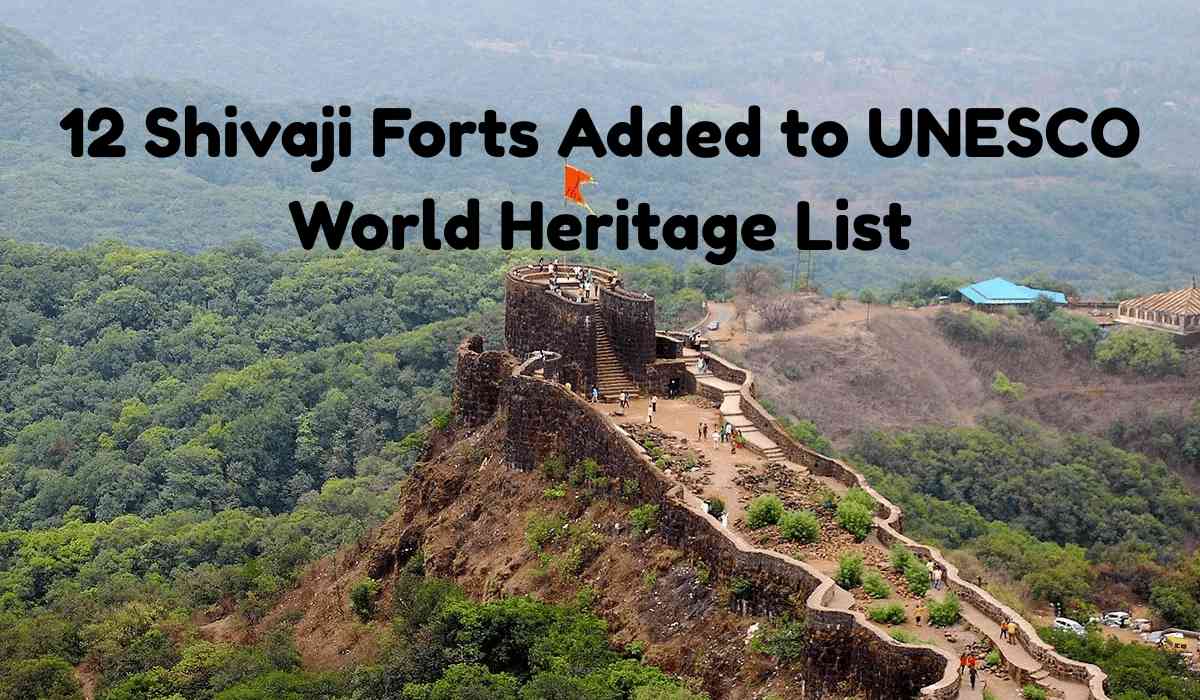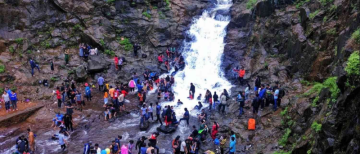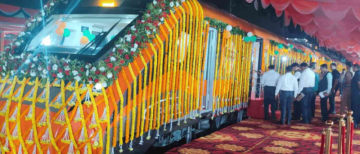In a momentous stride for India’s cultural and historical legacy, 12 forts associated with Chhatrapati Shivaji Maharaj have been inscribed into the UNESCO World Heritage List, officially recognized as the "Maratha Military Landscapes of India." This landmark decision, taken at the 47th session of the World Heritage Committee (WHC) in Paris, marks India’s 44th addition to the prestigious global list, catapulting it to 6th place globally and 2nd in the Asia-Pacific region for the number of World Heritage Sites.
This recognition is not just a tribute to architectural brilliance—it is a powerful acknowledgment of India's indigenous statecraft, resistance, and military innovation. It also honors a legacy that has been revered for centuries, finally bringing global visibility to the genius of the Maratha Empire under the visionary leadership of Chhatrapati Shivaji Maharaj.
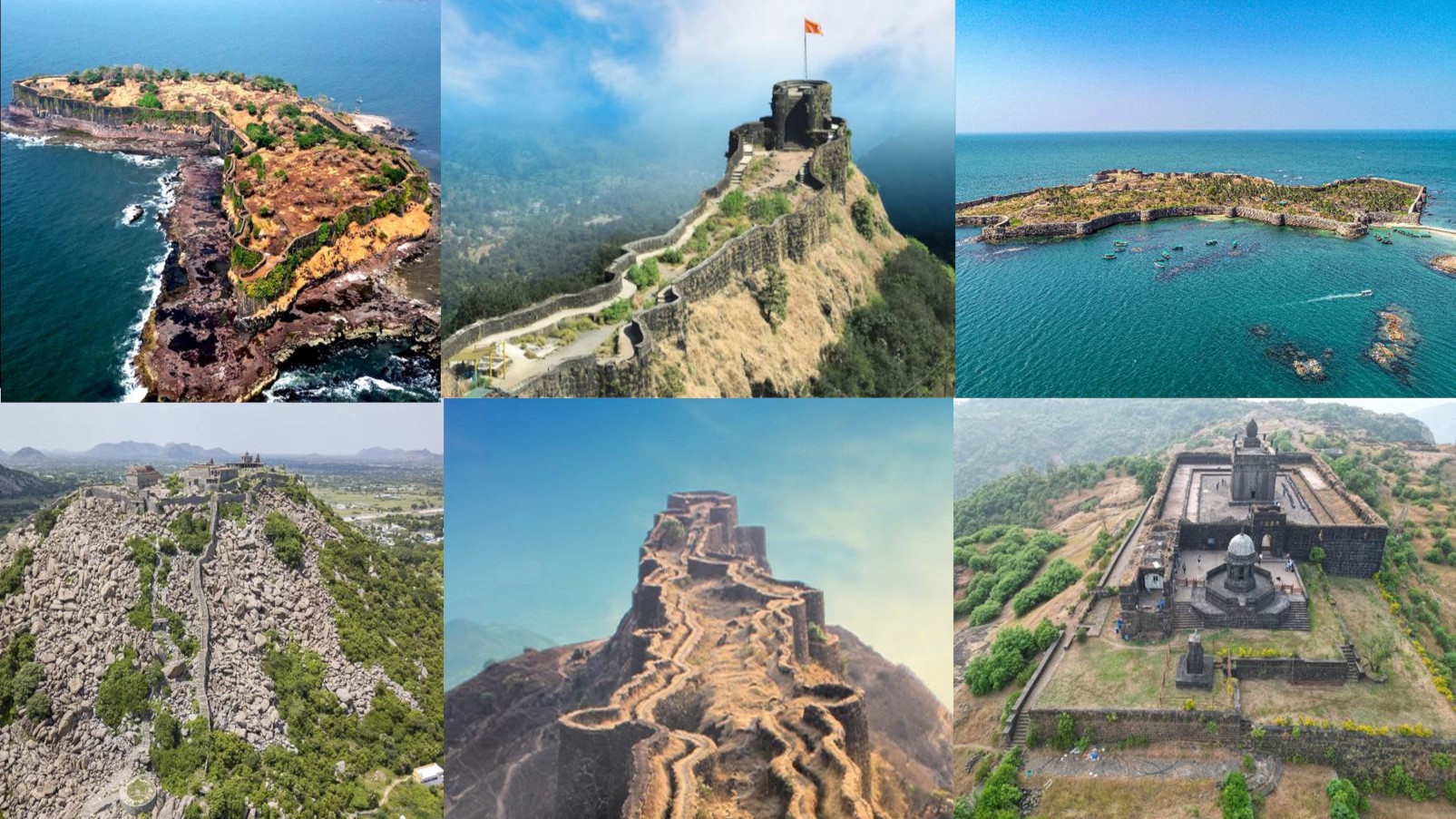
What Are the Maratha Military Landscapes?
The newly designated World Heritage Sites include 12 strategically located and meticulously designed forts—11 in Maharashtra and 1 in Tamil Nadu:
-
Maharashtra: Salher, Shivneri, Lohgad, Khanderi, Raigad, Rajgad, Pratapgad, Suvarnadurg, Panhala, Vijaydurg, Sindhudurg
-
Tamil Nadu: Gingee Fort
Collectively referred to as the Maratha Military Landscapes, these forts were not mere structures of defense. They were epicenters of resistance, planning, and tactical warfare, intricately woven into the rugged terrain of the Western Ghats, Konkan coast, and Deccan plateau. Built during the 17th century under Shivaji Maharaj’s vision for Swarajya (self-rule), the forts represent exceptional examples of military architecture adapted to complex geographical landscapes.
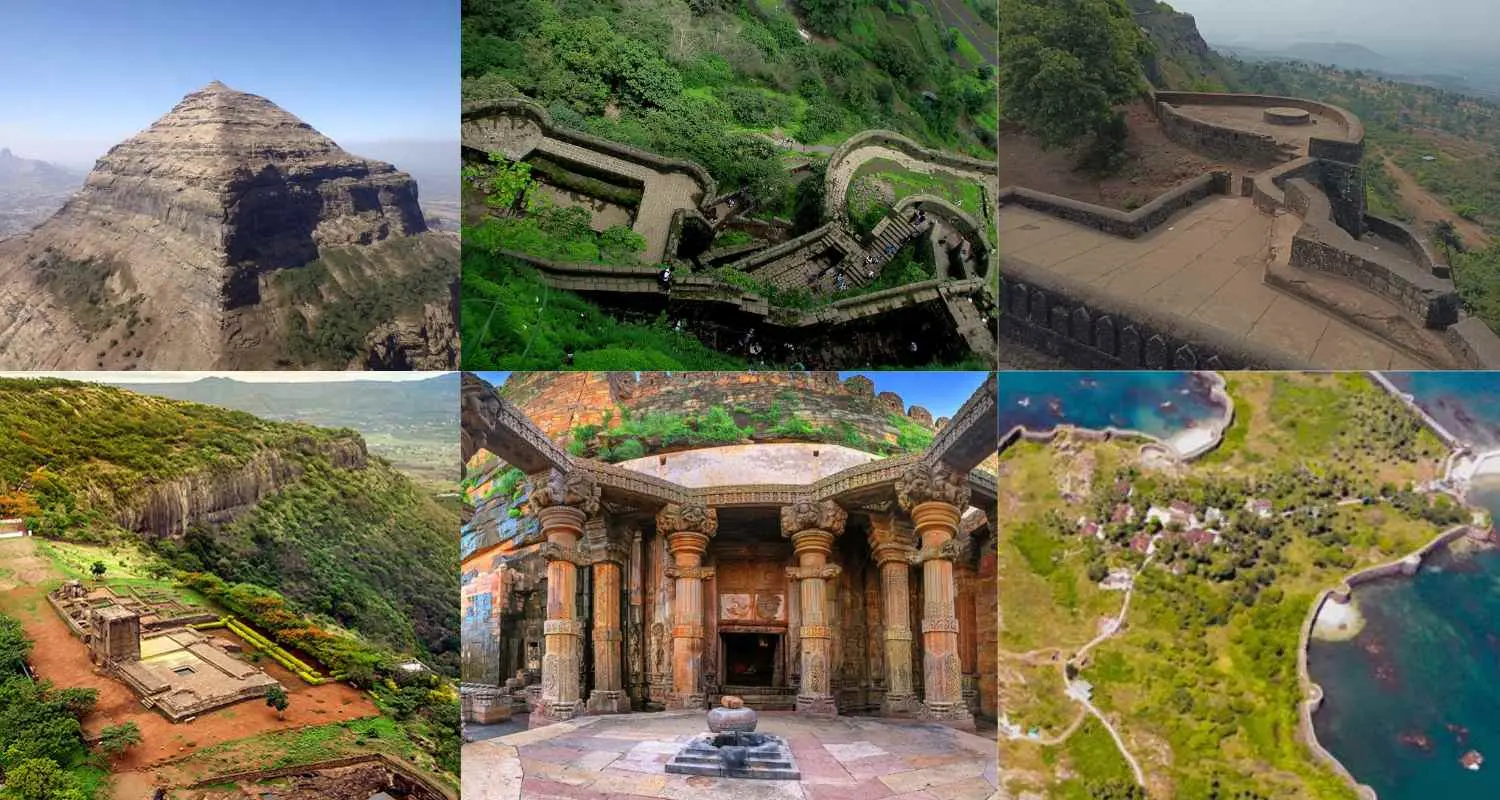
Chhatrapati Shivaji Maharaj: Architect of Swarajya and Strategic Warfare
Born in 1630, Shivaji Bhosale, son of Maratha military commander Shahaji Bhonsle, emerged as a pioneering architect of Swarajya (self-rule) in a time dominated by Sultanates and Mughal overlords. Defying conventional power structures, Shivaji built an independent Maratha Empire, relying on intelligent fortification, swift guerilla tactics, and strategic alliances.
Milestones in Shivaji’s Military Journey:
-
1650s: Began conflicts with Adil Shahi Sultanate, expanding control around Pune.
-
1664: Raided Surat, a major Mughal trade hub.
-
1665: Surrendered at Purandar Fort after siege by Mughal General Raja Jai Singh.
-
1666: Escaped captivity from Aurangzeb's court in Agra by hiding in fruit baskets.
-
1674: Crowned Chhatrapati at Raigad Fort, officially establishing the Maratha Empire.
-
1680: At the time of his death, Shivaji commanded over 300 forts, spanning the Konkan coast, the Western Ghats, and parts of central India.
Unlike the flatland-based Mughal architecture of North India, Shivaji’s military architecture embraced hilltops, cliffs, forests, and sea forts, effectively turning nature into an ally. These forts acted as both offense and defense hubs—used for swift ambushes, retreat zones, and administration.
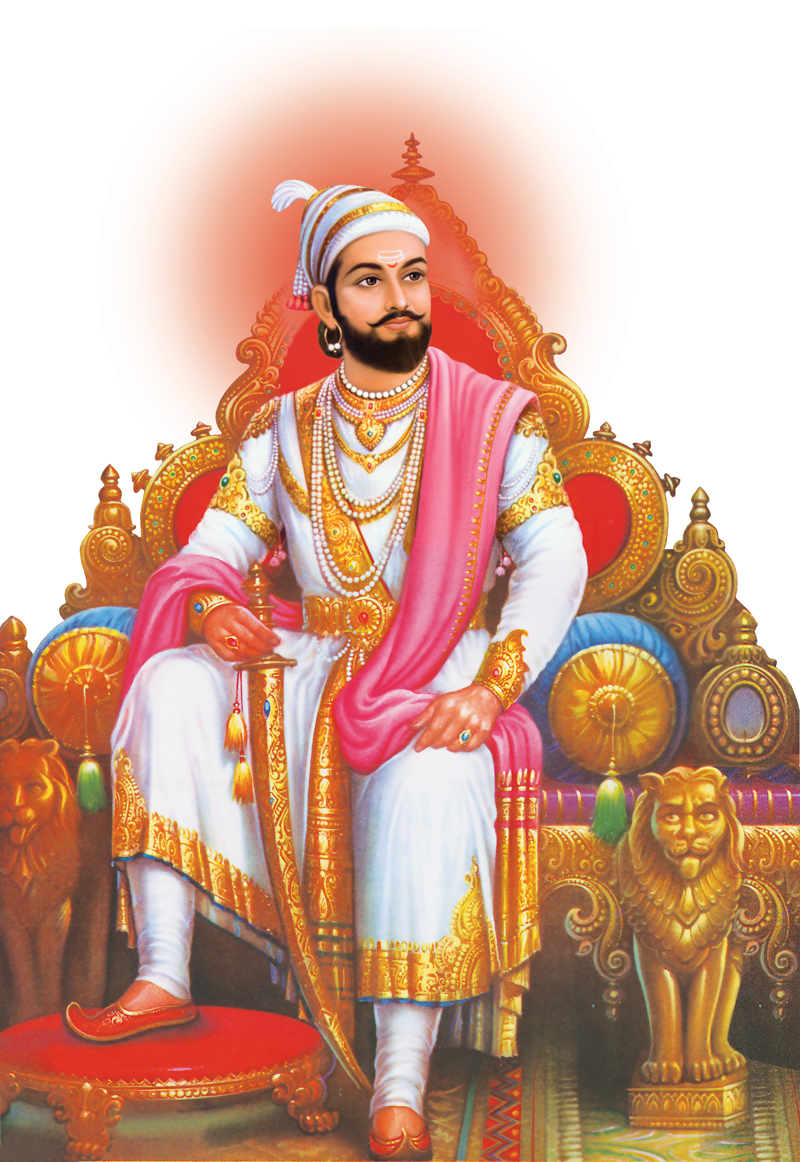
Why These Forts Are Globally Significant
UNESCO's inclusion of the Maratha forts is based on criteria (iv) and (vi):
-
Criterion (iv): They represent exceptional examples of architectural or technological ensembles that illustrate significant stages in human history.
-
Criterion (vi): They are associated with events or traditions of outstanding universal significance.
Unlike the grand palaces and flatland forts of northern India, Shivaji’s forts used topographical advantage as a core military strategy. Nestled in steep mountains, coastal cliffs, and even islands, these forts provided natural camouflage, elevated vantage points, narrow entry passages, and hidden escape routes—all ideal for guerrilla warfare.
For example:
-
Shivneri—his birthplace—was surrounded by steep slopes, making enemy access difficult.
-
Raigad, the capital, was nearly impregnable and strategically placed for swift military operations.
-
Sindhudurg and Suvarnadurg offered command over the Arabian Sea and secured maritime trade routes.
These architectural marvels reflect how military innovation was deeply rooted in environmental adaptation, offering a fascinating contrast to the more symmetrical, ornamental Mughal forts.
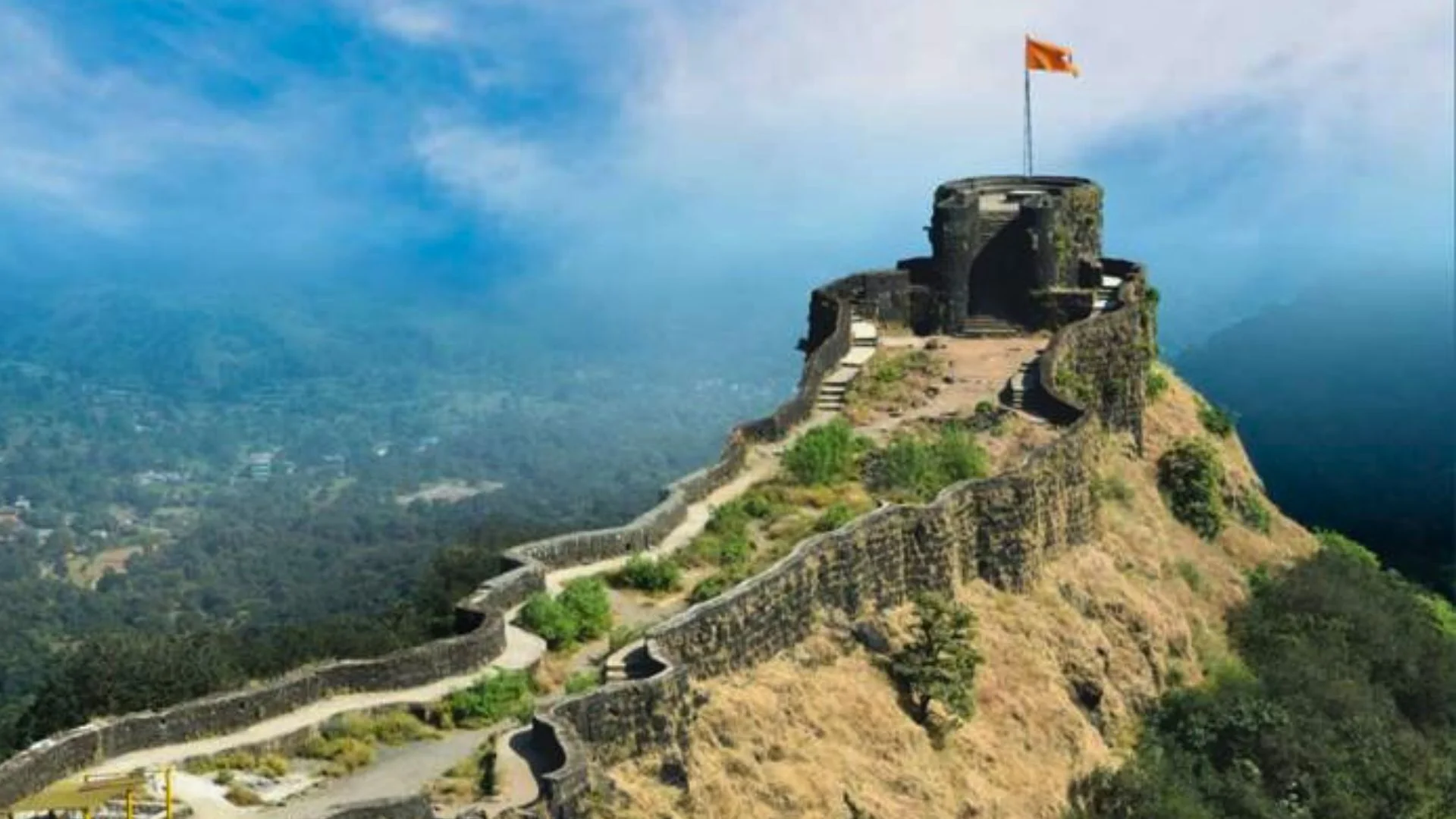
A National Celebration: Voices of Pride and Gratitude
The announcement was met with jubilation across India, especially in Maharashtra, the heartland of the Maratha legacy.
Prime Minister Narendra Modi celebrated the global recognition, stating on social media,
“Every Indian is elated with this recognition... The Maratha Military Landscapes embody extraordinary fortification and military systems envisioned by the Maratha rulers.”
He emphasized that the forts represent more than military strength—they symbolize good governance, cultural pride, and a deep commitment to justice and social welfare.
Maharashtra Chief Minister Devendra Fadnavis called it a “proud and glorious moment” for the state.
“These forts were built for Swarajya by our greatest king. Maharashtra bows to Chhatrapati Shivaji Maharaj today!” he exclaimed, expressing gratitude to PM Modi and the Ministry of Culture, whose coordinated efforts made the nomination successful.
Deputy CM Ajit Pawar underscored the "immense historical and cultural significance" of the recognition and urged citizens to embrace their responsibility in preserving these legacies.
The proposal had overwhelming global support, receiving the backing of 18 out of 20 member states. The review process spanned 18 months, with extensive documentation and on-site evaluations conducted by ICOMOS (International Council on Monuments and Sites), UNESCO’s advisory body.
Behind the Recognition: The Teamwork That Made It Happen
The successful nomination was the result of years of collaborative work by national and state agencies:
-
Ministry of Culture and Archaeological Survey of India (ASI) led the documentation
-
UNESCO Ambassador Vishal Sharma, Additional Chief Secretary Vikas Kharge, and Directorate of Archaeology and Museums’ Hemant Dalvi played key roles
-
Minister Ashish Shelar made technical presentations to UNESCO
-
Mountaineering community, notably the Akhil Maharashtra Giryarohan Mahasangh (AMGM), contributed by creating scale models of the forts
Hrishikesh Yadav, President of AMGM, emphasized that the inclusion will now bring these forts under UNESCO’s preservation protocols, ensuring global standards of conservation are applied to these heritage assets.
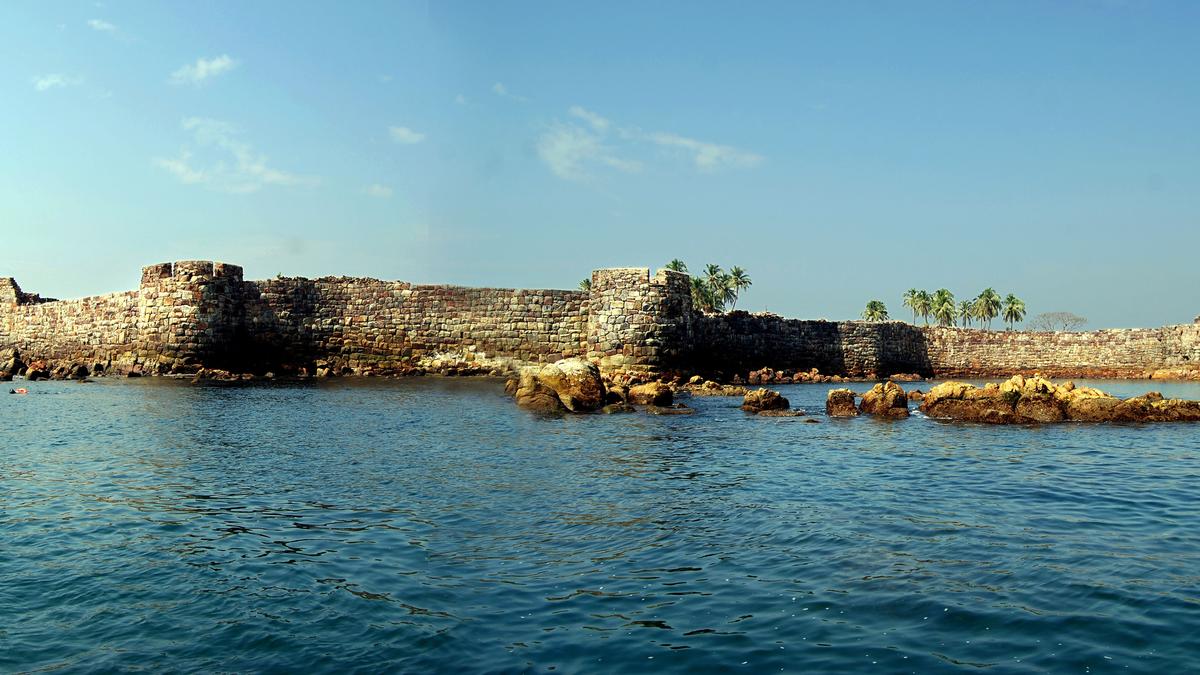
Preservation and the Road Ahead
Not all forts are managed by the same authority. While some, like Raigad, Gingee, and Vijaydurg, fall under ASI’s jurisdiction, others are maintained by the Maharashtra Directorate of Archaeology and Museums. This UNESCO status brings renewed urgency—and funding possibilities—for preserving and restoring these historical sites.
In addition, it sparks an opportunity to transform them into educational and cultural tourism hubs, helping local communities benefit economically while nurturing awareness about India’s storied past.
With 62 more sites already on India’s Tentative List, this milestone is part of a broader national push to elevate India’s global cultural footprint. Notably, the Moidams of Charaideo in Assam were included in 2023, signaling growing momentum.
A Legacy Etched in Stone, Now Immortalized
The inclusion of the Maratha Military Landscapes in the UNESCO World Heritage List is more than just an accolade—it is a symbol of India’s enduring resilience, architectural ingenuity, and the timeless vision of Shivaji Maharaj.
These 12 forts stand not just as relics of the past, but as living embodiments of sovereignty, strategy, and spirit. As India marches forward on the world stage, these fortresses remind us of a time when courage, community, and conviction carved empires from stone—and left behind a legacy the world now honours.
With inputs from agencies
Image Source: Multiple agencies
© Copyright 2025. All Rights Reserved Powered by Vygr Media.

